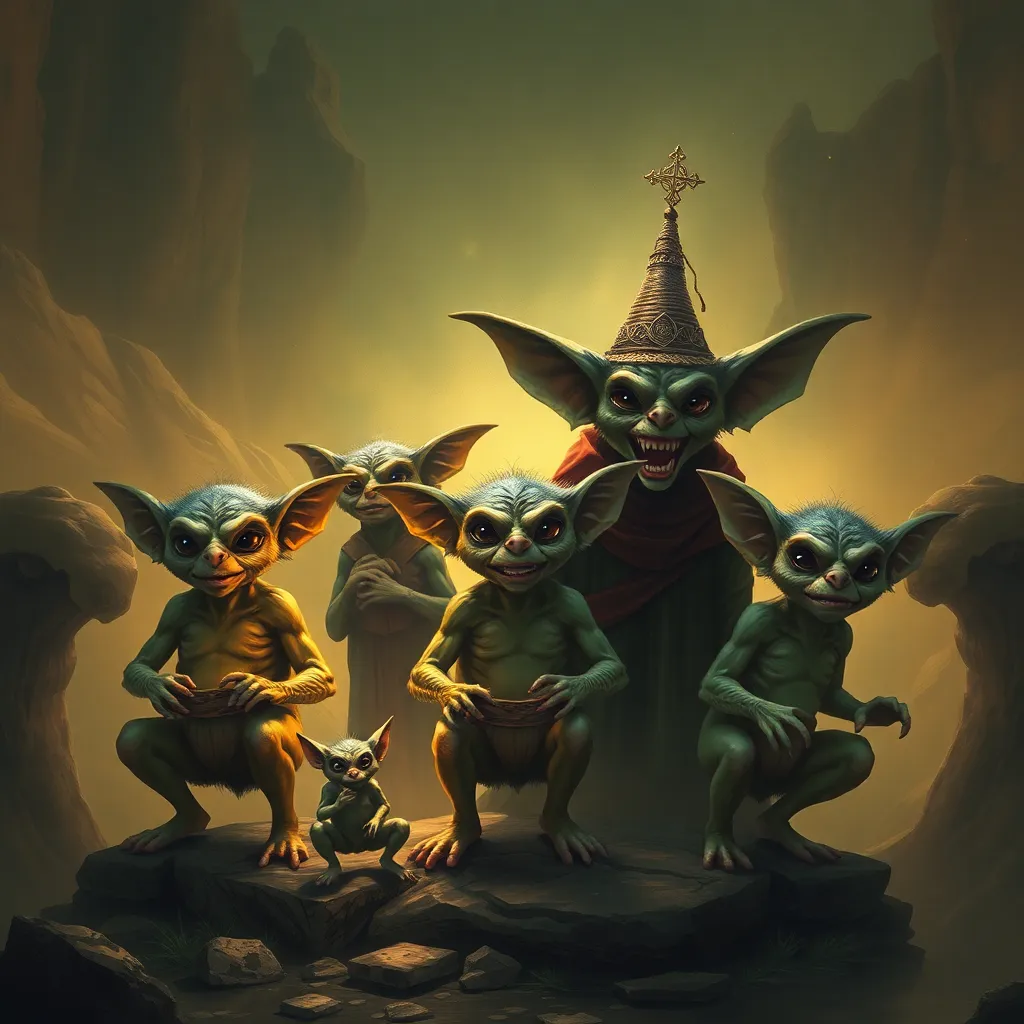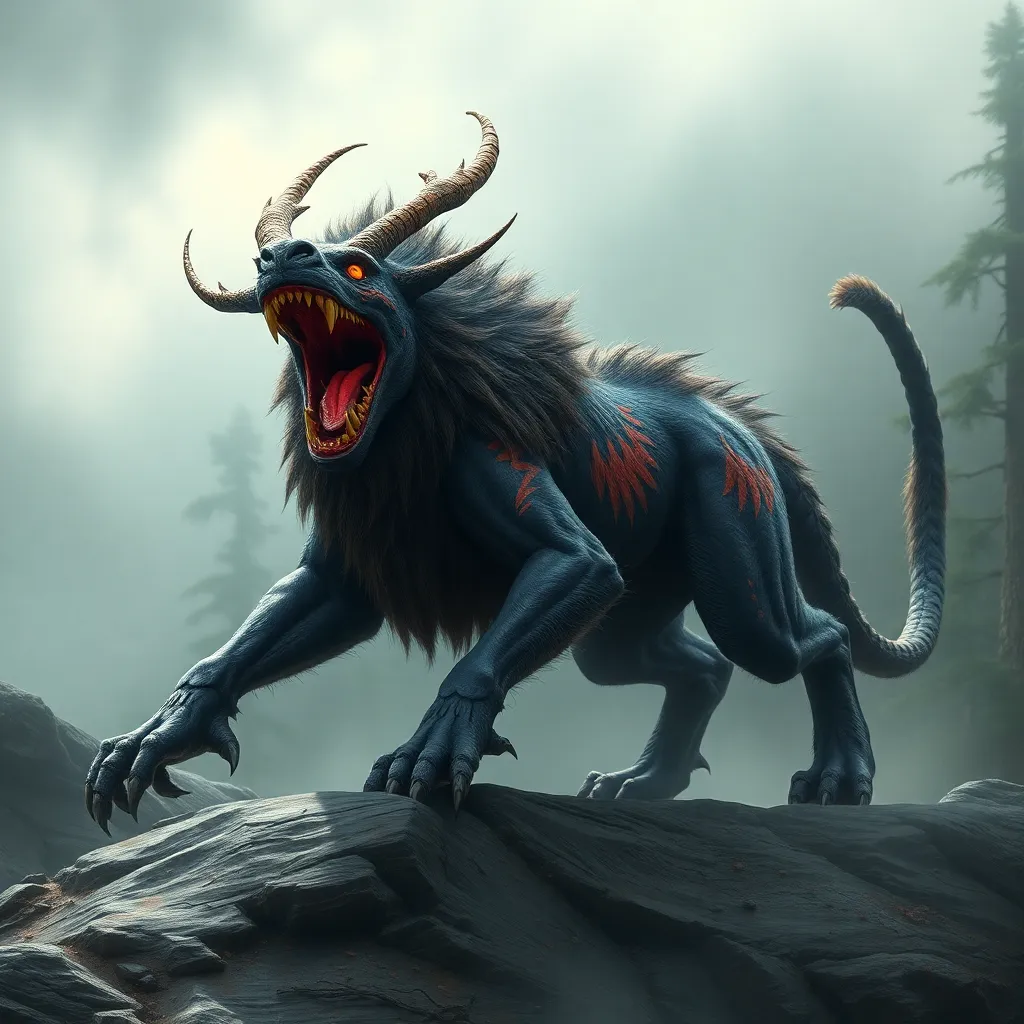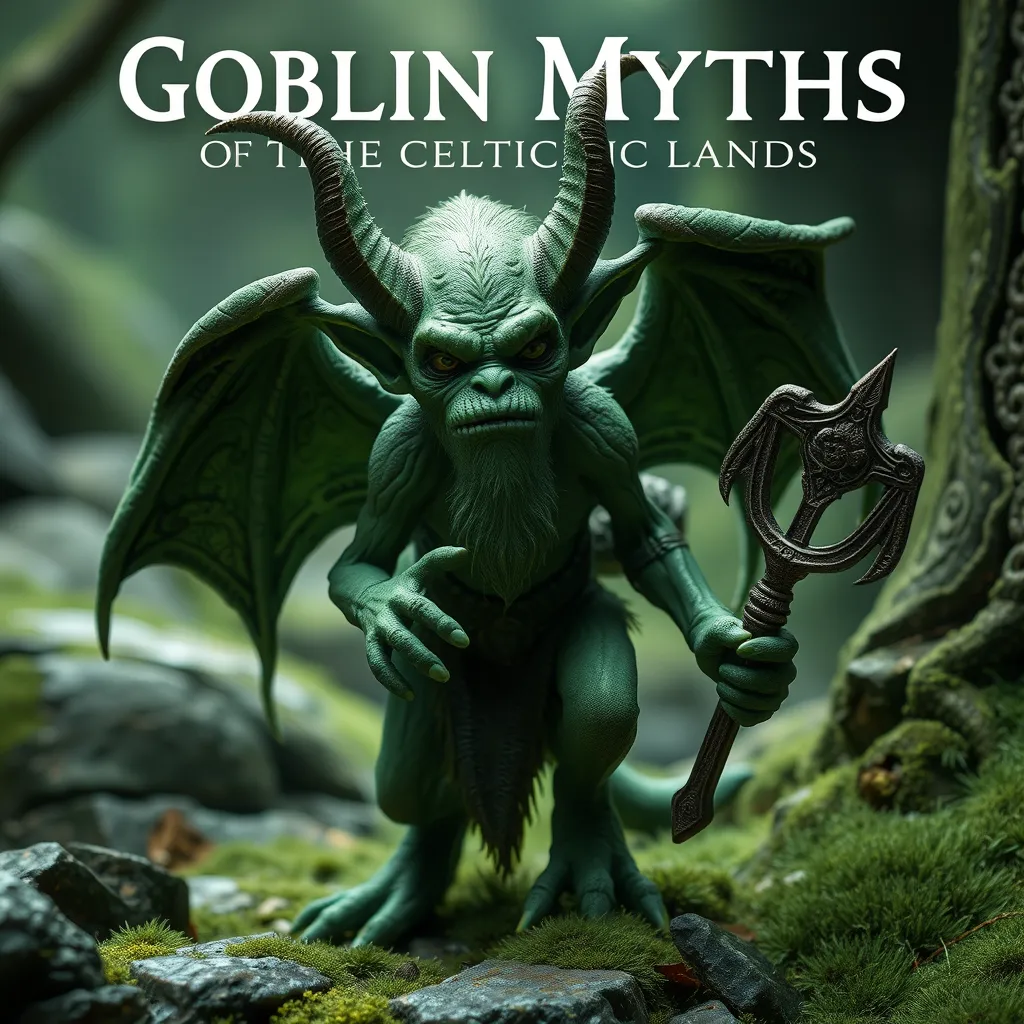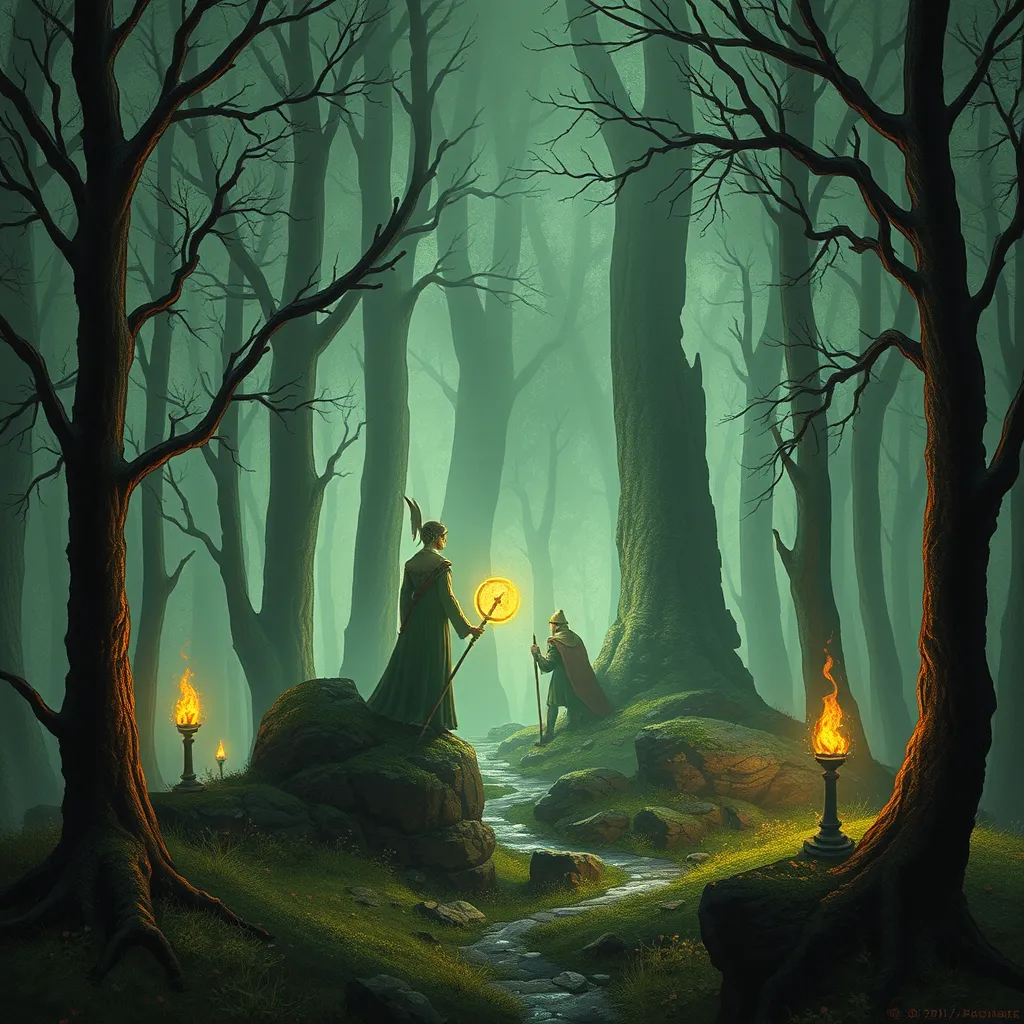The Gremlin’s Family: Exploring the Social Structure and Hierarchy of Gremlin Beings
I. Introduction to Gremlins
Gremlins are often defined as mischievous and whimsical creatures, known primarily for their ability to cause chaos and disruption. Originating from British folklore, these beings first emerged in the early 20th century, particularly during World War II, where they were humorously blamed for mechanical failures in aircraft. Their association with technology and mischief has since been popularized in various forms of media, including films, television shows, and literature.
The cultural significance of gremlins extends beyond mere folklore; they represent the unforeseen consequences of human innovation and the unpredictable nature of technology. By exploring their social structure, we can gain insights into the complexities of their communities, revealing the underlying order in what appears to be chaos.
II. The Anatomy of a Gremlin Family
A. Physical Characteristics of Gremlins
Gremlins are typically depicted as small, humanoid creatures with distinctive features. Common physical traits include:
- Pointed ears and large expressive eyes
- Green or gray skin, often with a textured appearance
- Sharp claws and teeth, suggesting a playful yet mischievous nature
B. Common Traits and Variations Among Different Gremlin Species
While all gremlins share certain characteristics, there are variations among different species. Some notable types include:
- Winged Gremlins: Known for their flight capabilities and affinity for aviation.
- Mechanic Gremlins: Specialize in tinkering with machines, often causing delightful chaos.
- Forest Gremlins: Found in wooded areas, they are more attuned to nature and its rhythms.
C. Role of Genetics in Gremlin Families
Genetics plays a significant role in the traits that gremlins inherit. Family lineages can be traced through physical characteristics, behaviors, and even temperaments, suggesting a complex genetic structure that influences their social interactions and roles within their communities.
III. Social Structure: Hierarchical Levels
A. Overview of Hierarchy in Gremlin Society
Gremlin society is characterized by a distinct hierarchy, where social status is often determined by a combination of age, strength, and cunning. This hierarchy ensures order and organization within their communities.
B. Roles and Responsibilities of Different Social Classes
The social classes within gremlin society include:
- Leaders: Often the oldest and wisest gremlins, responsible for making crucial decisions.
- Artisans: Skilled gremlins who create tools and gadgets essential for daily life.
- Scouts: Younger gremlins tasked with exploring new territories and gathering information.
- Workers: The backbone of society, performing various tasks to maintain community life.
C. Influence of Age, Strength, and Cunning in Determining Status
Status among gremlins is not solely based on age; strength and cunning play significant roles as well. Older gremlins may have wisdom, but younger gremlins often climb the ranks through cleverness and physical prowess, particularly in playful competitions.
IV. Family Units and Relationships
A. Structure of Gremlin Families: Nuclear vs. Extended
Gremlin families can be categorized into nuclear families, consisting of two parents and their offspring, or extended families that include other relatives. The extended family unit often provides a support system, ensuring the survival and prosperity of all members.
B. Parenting Styles and Offspring Rearing Practices
Gremlin parenting styles vary widely, with some emphasizing independence and exploration, while others focus on obedience and tradition. Common practices include:
- Encouraging play as a means of learning and socialization.
- Storytelling to pass down knowledge and cultural traditions.
- Involving offspring in community tasks from a young age.
C. Sibling Dynamics and Rivalry Among Gremlins
Siblings in gremlin families often engage in playful rivalry, testing each other’s limits and skills. This rivalry fosters resilience and adaptability, traits that are highly valued in gremlin society.
V. Communication and Social Interaction
A. Language and Communication Methods Among Gremlins
Gremlins possess a unique language that includes a mix of sounds, gestures, and facial expressions. Their communication is rich and varied, allowing for complex social interactions.
B. Rituals and Customs That Strengthen Social Bonds
Rituals play a crucial role in gremlin culture, serving to reinforce social bonds and community cohesion. Common customs include:
- Feast Days: Celebrations that honor the contributions of different family members.
- Ritual Games: Competitive activities that promote unity and teamwork.
C. Conflict Resolution and Alliances Within and Between Families
Conflicts among gremlins are resolved through negotiation and mediation, often facilitated by elders. Alliances can form between families for mutual benefit, particularly in times of scarcity or external threats.
VI. The Role of Gremlin Elders
A. Importance of Elders in Gremlin Culture
Elders hold a revered position within gremlin society, serving as the keepers of tradition and wisdom. Their guidance is sought in both personal and communal matters.
B. Decision-Making Processes and Governance Structures
Decisions within gremlin communities are typically made collectively, with elders leading discussions and ensuring that all voices are heard. This democratic approach fosters a sense of belonging and responsibility among all members.
C. Transmission of Knowledge and Traditions to Younger Generations
Elders play a pivotal role in teaching younger gremlins about their history, values, and customs. Storytelling, hands-on learning, and participation in rituals are key methods of transmission.
VII. Interactions with Other Species
A. Relationships Between Gremlins and Other Mythical Beings
Gremlins often interact with other mythical creatures, forming alliances or rivalries based on their interests and needs. These relationships can lead to cooperative ventures or conflicts.
B. Trade, Alliances, and Conflicts with Human Societies
Gremlins have a complex relationship with humans, ranging from mischievous interactions to beneficial trade agreements. Conflicts may arise from misunderstandings, but both parties can benefit from cooperation.
C. Impact of External Factors on Gremlin Social Structures
Changes in the environment, technology, and human society have influenced gremlin social structures. The introduction of new technologies, for instance, has led to shifts in their roles and responsibilities.
VIII. Conclusion: The Future of Gremlin Social Structures
A. Changes in Gremlin Dynamics Over Time
As societies evolve, so too do the dynamics within gremlin communities. The traditional roles are being redefined, and new challenges and opportunities are emerging.
B. The Influence of Modernity on Traditional Practices
Modernity has introduced new influences on gremlin culture, from technological advancements to changing social structures. These changes challenge traditional practices but also offer new avenues for growth and adaptation.
C. Speculations on the Evolution of Gremlin Society in Contemporary Contexts
Looking ahead, gremlin society may continue to evolve, integrating aspects of modern life while preserving their unique heritage. The balance between tradition and innovation will be crucial as they navigate the complexities of contemporary existence.



